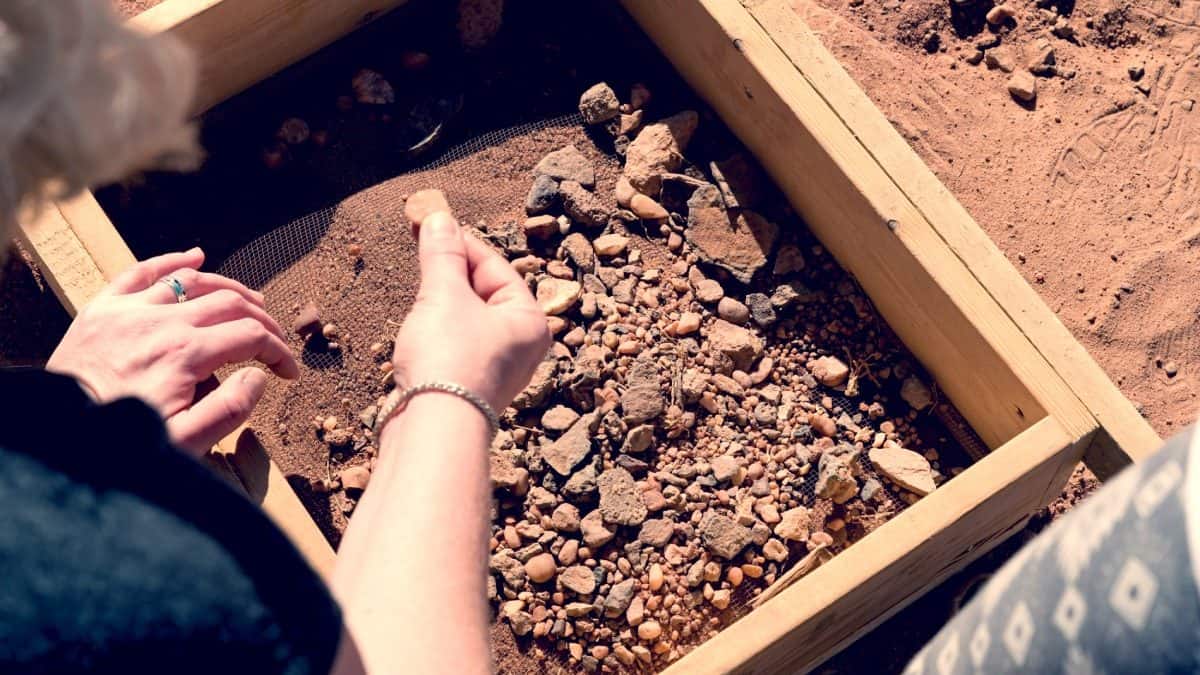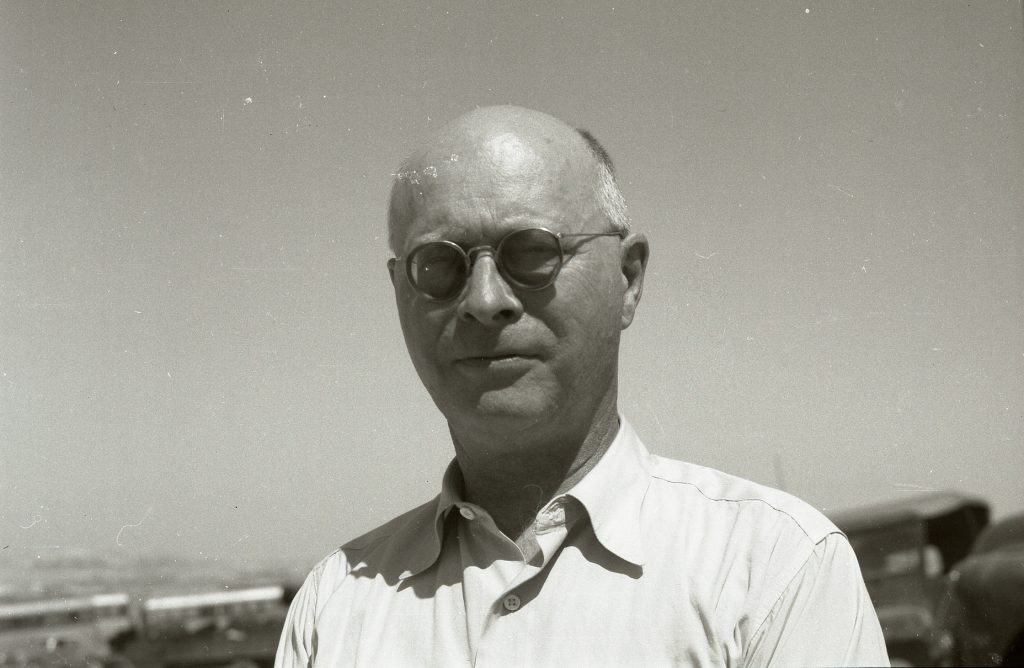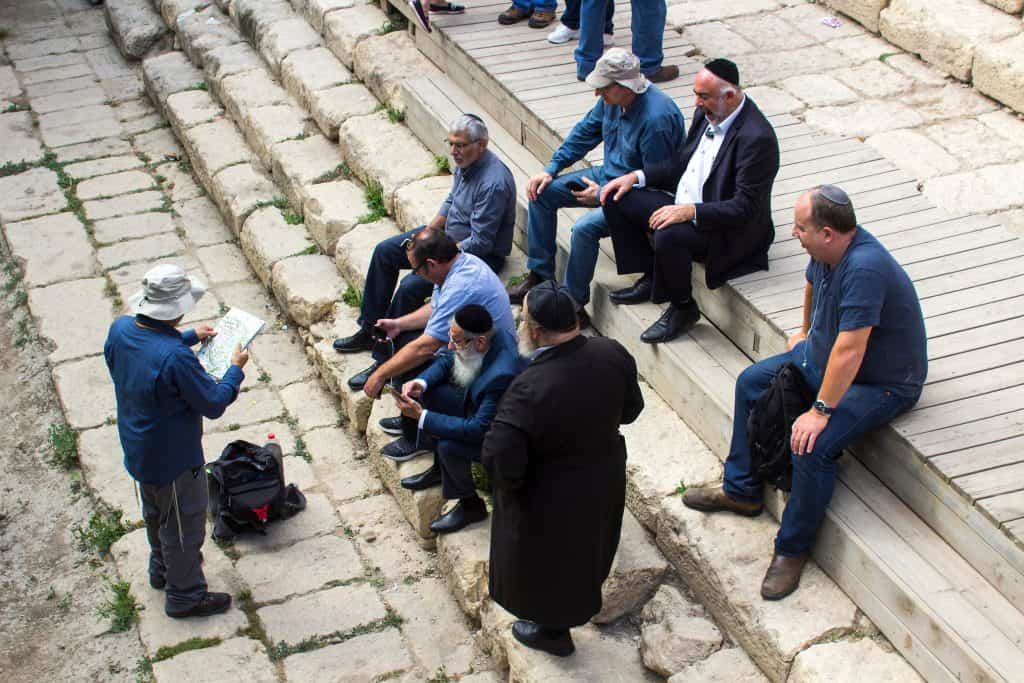In the realm of biblical archaeology and the study of ancient Near Eastern history, the name William Foxwell Albright shines brightly as one of the most influential and pioneering figures of the 20th century. Furthermore, with a passion for exploring the intersections of archaeology, history, and biblical studies, Albright left an indelible mark on our understanding of the ancient world.
Early Life and Education
Born on May 24, 1891, in Coquimbo, Chile, William F. Albright spent his childhood in a missionary family setting. Moreover, his upbringing immersed him in theology and the Bible from an early age. Albright’s academic journey led him to several prestigious institutions, including Yale University and Johns Hopkins University, where he specialized in Semitic languages and archaeology.
William Albright – Archaeological Contributions
William Albright’s archaeological endeavors spanned several decades and included excavations at numerous ancient sites. His work in the Holy Land, particularly in Palestine, is renowned. Albright’s meticulous excavations at places like Tell Beit Mirsim and Gibeah (associated with the biblical Saul) contributed significantly to our understanding of ancient urban centers, their history, and material culture.
Israel Archaeological Seven Day Tour

The Albright School of Archaeological Research
Albright’s passion for archaeology and dedication to scholarly research led him to establish the American School of Oriental Research (ASOR) in Jerusalem, which later became the Albright Institute of Archaeological Research. Furthermore, this institution was a hub for the region’s archaeological exploration and scholarly collaboration.

Biblical Scholarship
Moreover, beyond archaeology, Albright made substantial contributions to biblical studies. He was a leading proponent of the “Biblical Archaeology” movement, which sought to bridge the gap between the biblical text and the material evidence uncovered by archaeologists. Furthermore, his writings and lectures fostered a deeper understanding of the historical context of the Bible.
Old City Jerusalem Tour

The Albrightian Legacy
William F. Albright’s legacy endures in many ways:
Scholarly Writings
Furthermore, Albright authored numerous publications, including “The Archaeology of Palestine” and “Yahweh and the Gods of Canaan.” His works continue to serve as foundational texts in biblical archaeology and Near Eastern studies.
Inspiration for Future Generations
In addition, Albright’s dedication to interdisciplinary scholarship and his passion for uncovering the mysteries of the ancient world inspired countless archaeologists, historians, and biblical scholars to follow in his footsteps.
The Albright Institute
The Albright Institute of Archaeological Research remains a vital institution for scholars and researchers working in the Middle East, fostering academic exchange and the pursuit of knowledge.
William Albright – Conclusion
Last, William F. Albright’s life and career were dedicated to unraveling the secrets of the past. His pioneering work in biblical archaeology and scholarly contributions continue to shape our understanding of the ancient world, enriching our appreciation of the historical and cultural tapestry that informs the biblical narrative. Ultimately, Albright’s legacy serves as a testament to the enduring power of curiosity, exploration, and scholarly collaboration in unraveling the mysteries of human history.

